The process of building credit starts somewhere for everyone. If you work strategically to rebuild or build your credit, you can grow with a credit score of 500 or less over time. Some solid credit cards are available even with poor credit scores. There are a lot of credit cards that offer credit-building tools for those with a 500 credit score or lower, and some of them may even offer rewards. Cards like these could help you build better credit and get better cards.
A credit score is a three-digit number with a lot of weight attached to it. The higher the credit score, the better the chance of getting approved, and the lower the interest rate will be for unsecured credit cards. If your credit score is 500, it may be difficult for you to qualify for an unsecured credit card.
It’s important to understand that there are many credit scores, but lenders commonly use the FICO® Score to assess your creditworthiness and risk. Generally, a credit score of 670 or higher is regarded as good. FICO Scores range from 300 to 850. Lenders may reject an unsecured credit card application with a score of 579 or lower.
The first thing you can do to build your credit is to build your score now to qualify for an unsecured credit card. The following advice will help you get an unsecured credit card when your credit could be better.
What is an Unsecured Credit Card?
Contents
- 1 What is an Unsecured Credit Card?
- 2 How Does an Unsecured Credit Card Work?
- 3 Types of Unsecured Credit Cards
- 4 Best Unsecured Credit Cards for Bad Credit
- 5 Best Unsecured Credit Cards for 500 Credit Score
- 6 How to Select the Best Unsecured Credit Card for Bad Credit
- 7 Steps to Choose the Best Unsecured Credit Card for Bad Credit
- 8 How to Build Your Credit with an Unsecured Credit Card?
- 9 What is the Difference Between Unsecured and Secured Credit Cards?
- 10 FAQs
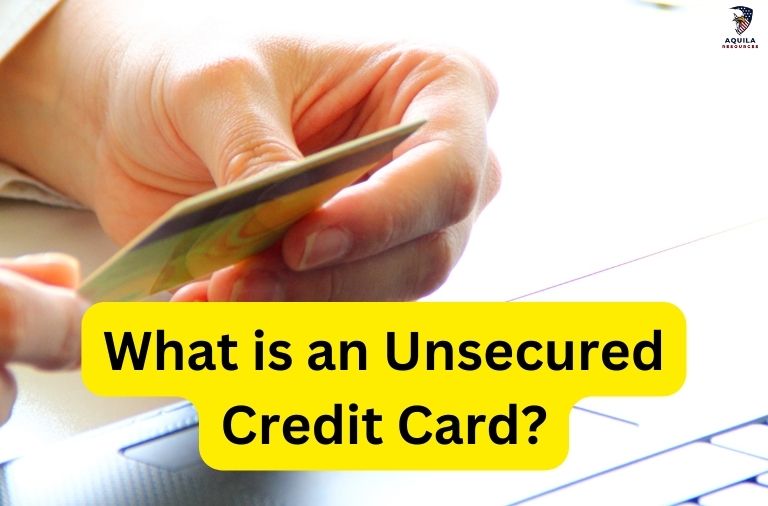
A credit card that does not require a security deposit is an unsecured credit card. The credit card company typically performs a hard credit inquiry to determine whether to approve you for a credit card.
Unsecured credit cards are similar to traditional credit cards. You do not have to pay a security deposit for unsecured credit cards. As a result, the card issuer sets your credit limit based on your credit score, income, and other factors. The purpose of an unsecured credit card is to allow you to make purchases or consolidate debt with a credit limit. You must repay the original amount borrowed plus interest when using a credit card.
How Does an Unsecured Credit Card Work?
Unsecured credit cards offer open-ended revolving credit lines. As long as the account is open and in good standing, you can use and pay down the line of credit.
Your credit limit is the maximum amount of credit you can use with your credit card. With each use, the amount of credit you have available decreases. The limit is the maximum amount you can purchase. Whenever you repay your debts each month, your credit score is restored. If you do not pay the balance by the end of the billing cycle, it will carry over to the next billing cycle and accrue interest. Interest charges can be reduced by paying off your statement balance or more than the minimum.
Some unsecured cards charge an annual fee. It may be helpful to weigh the annual fee against the benefits and perks the card offers.
Types of Unsecured Credit Cards
Unsecured credit cards come in several types, but most require good, fair, or average credit scores. These include those that offer rewards like cash back and those that are great for rebuilding credit. There are also some hotels with travel-friendly features and benefits.
A new unsecured credit card will be available to people with bad credit using alternative sources of credit information. Card issuers can now offer credit to people with bad credit without charging them as many fees as those relying on traditional credit reports and scores.
Best Unsecured Credit Cards for Bad Credit
It’s important to note that the best unsecured credit cards for bad credit have one thing in common: They offer you the chance to rebuild your credit rating without paying an upfront security deposit. There are many options available for credit cards when you have bad credit, but some charge annual fees, account opening fees, or other add-ons that can make the card expensive. The best picks for you have been compiled after evaluating all the options. Check out these unsecured credit cards for bad credit to learn more.
Best Unsecured Credit Cards for 500 Credit Score
An unsecured credit card does not require a deposit or collateral to open, which is a better option since you don’t have to make a big deposit. A secured credit card will offer better rates and fees than an unsecured credit card designed for consumers with bad credit.
Not everyone can afford to leave hundreds of dollars in a locked account for months or years, so unsecured cards are the real option. Several of our best unsecured cards for bad credit accept credit scores as low as 500.
Here are the list of Best Unsecured Credit Cards for 500 Credit Score –
Surge Platinum Mastercard
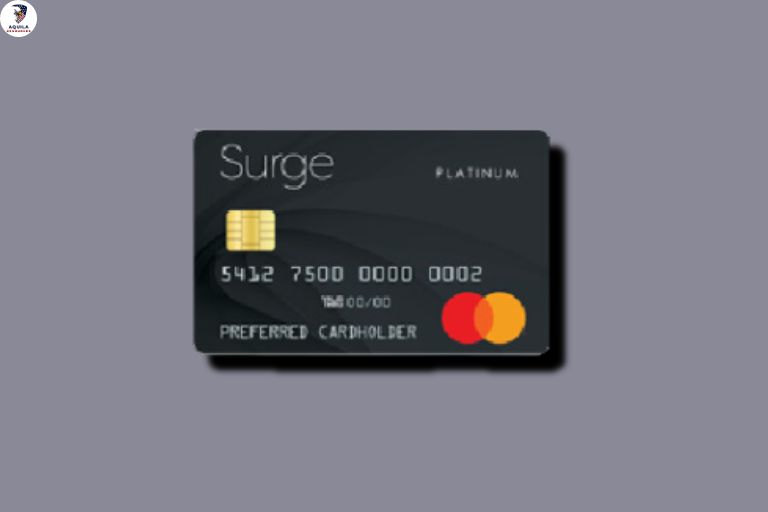
Surge Platinum Mastercard offers no fraud liability and other basic Mastercard benefits. Even though the card’s credit limit is low, if you pay your bill on time for six months straight, you may receive a higher limit. The card can be managed online and via a mobile app, so you can monitor your balance and make timely payments.
The credit card company will waive your existing debt if you pass away if you purchase credit protection for this card. Besides job loss, hospitalization, and disability protection, you also get medical coverage. Using the card will help you build credit and track your credit score for free.
Petal 1 “No Annual Fee” Visa
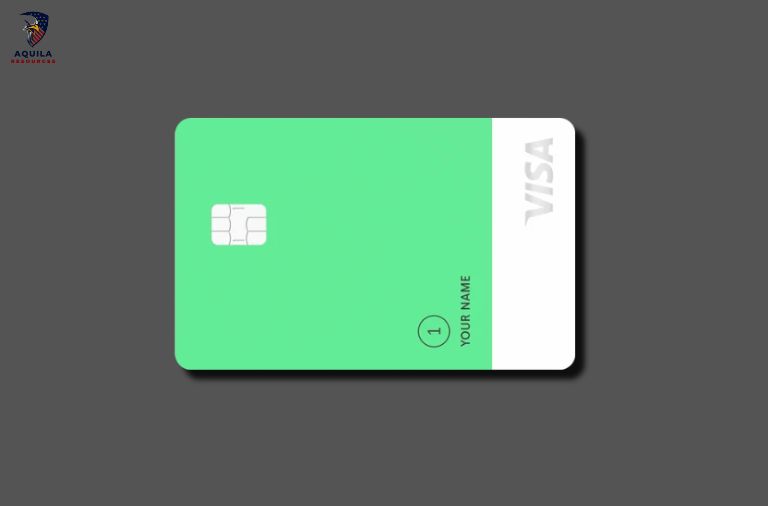
A Petal® 1 “No Annual Fee” Visa® Credit Card is an unsecured option for those with little or no credit history who don’t want to pay a security deposit. According to your creditworthiness and market value, the ongoing APR for a credit card for limited or bad credit can range from slightly lower than average to exorbitant. You may have to pay a variable APR between 24.99 percent and 34.49 percent if you carry a balance.
Other features of the card make it fairly affordable, including no annual or foreign transaction fees, and you won’t need to pay a security deposit. A Petal Perks program can occasionally earn cash back at certain merchants, but there is little in the way of rewards.
Mission Lane Visa
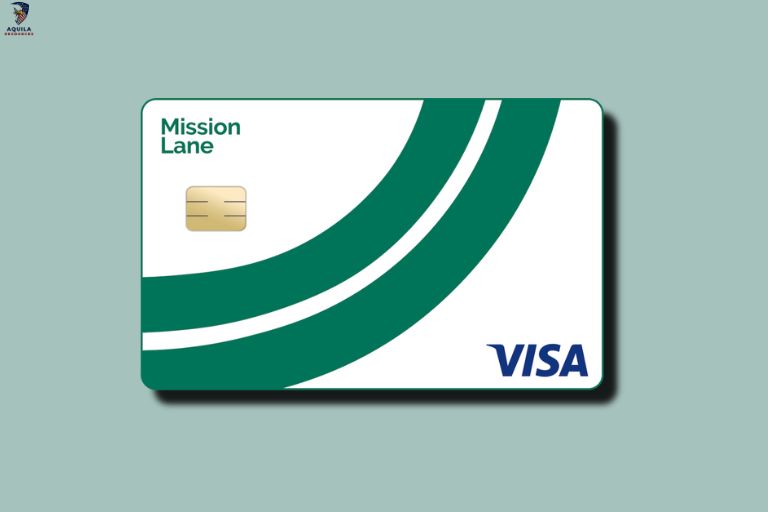
Mission Lane Visa Credit Card is an unsecured credit card with an annual fee, but the fee could be relatively low depending on your creditworthiness. However, after just seven months of responsible card use, cardholders can increase their credit line with the card without earning rewards. Using this card won’t require you to save up for a security deposit since it’s unsecured. It could be difficult, however, to manage your credit utilization ratio early on due to the low credit limit, as the minimum starting limit is only $300.
You should be aware that the ongoing APR on this card is very high, ranging from 26.99 to 29.99 percent, depending on your creditworthiness. Make sure to avoid carrying a balance to avoid costly interest charges. Aside from Visa benefits, this card offers basic financial education tools to track your credit utilization ratio and credit score changes.
Petal 2 Cash Back, No Fees Visa
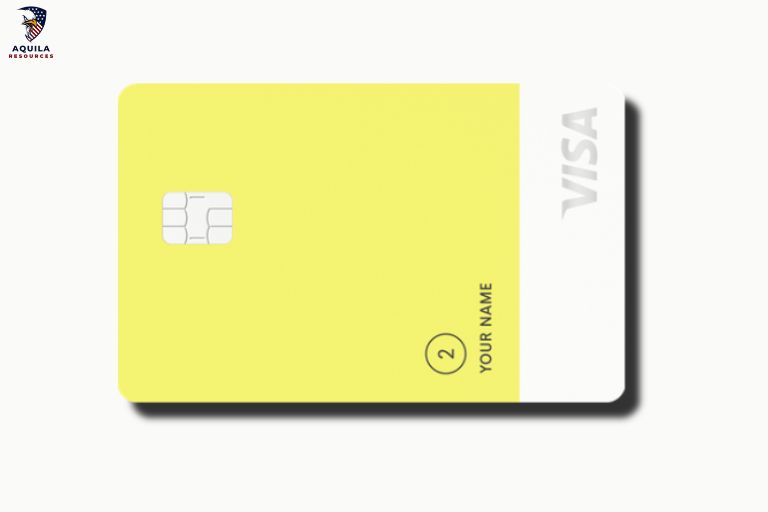
There are a few extra perks to the Petal® 2 “Cash Back, No Fees” Visa® Credit Card that differentiate it from the Petal 1 card. A first perk is that the Petal 2 comes with a clearly defined rewards program. Credit card rewards are meant to encourage you to make consistent payments toward your balance. Using this card, you can earn 1 percent cash back on eligible purchases right away, and after 12 on-time monthly payments, you’ll be able to earn 1.5 percent cash back.
This credit card is affordable because there are no annual, foreign transactions, late, or returned payment fees. On the other hand, there is an ongoing variable APR of up to 31.99 percent, which can range between 17.99 percent on the low end and 31.99 percent on the high end. A high APR could result if your credit could be better, so only carry a balance if you have good credit.
Tomo Credit Card
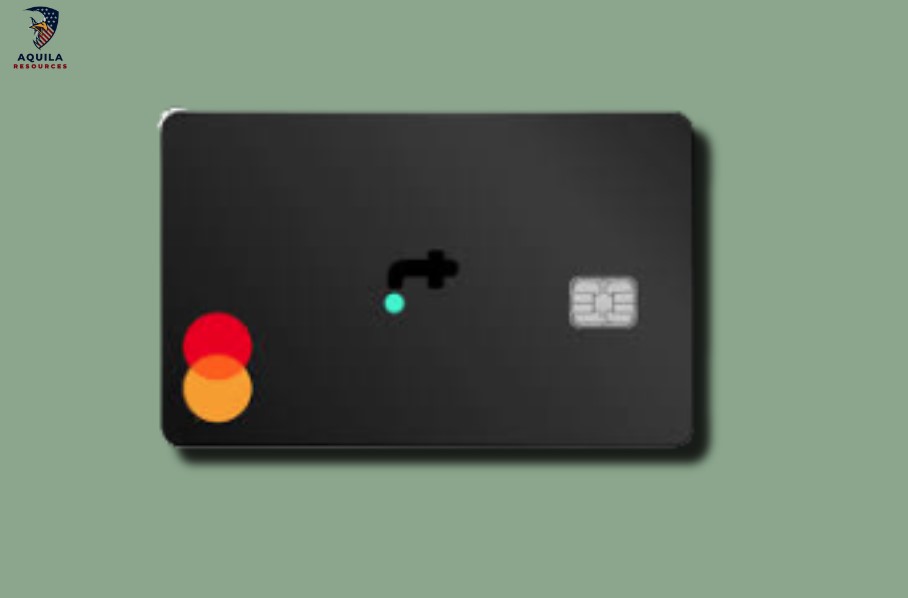
Tomo Credit also offers credit cards based on information other than a traditional credit score. The bank can offer a no-fee credit card to applicants with bad credit because of this. Unlike other services, Tomo requires you to link your bank account and set up autopay, and there is no interest charge. There is no need to borrow money with this card. This card has no annual fee.
With the Tomo credit card, you can get up to $10,000 in credit limits since it doesn’t require a traditional credit score to approve applicants. Tomo requires you to set up an account and autopay and doesn’t charge interest rates. The credit limit on this card might be higher if you have a high bank account balance. This card does not charge an annual fee.
How to Select the Best Unsecured Credit Card for Bad Credit
Shopping for a credit card for bad credit is similar to shopping for anything else. First, you need to decide which features and benefits are most important to you. For example, if you are interested in a travel card or one that offers cash back. The lowest possible annual fee or the highest credit limit might be the top priorities for other credit card users.
When shopping for an unsecured credit card, you’ll want to remember these things regardless of how you intend to use it. Firstly, you should pay close attention to the fees. High annual and application fees will often be associated with these unsecured credit cards. A foreign transaction fee, an additional cardholder fee, a balance transfer fee, and any other fees are also worth watching out for.
You should also ensure that this credit card is intended for people with bad credit. Some cards are best suited for people who need more credit or fair credit. Even the best credit card in the world will only do you good if you qualify.
Lastly, ensure you know the card’s standard interest rate. You should pay your statement balance in full each month when you are trying to rebuild your credit to avoid interest and debt. You’ll want a reasonable interest rate if you plan to carry a balance on your card. A good credit score will qualify you for a good credit card with a low-interest rate.
Steps to Choose the Best Unsecured Credit Card for Bad Credit
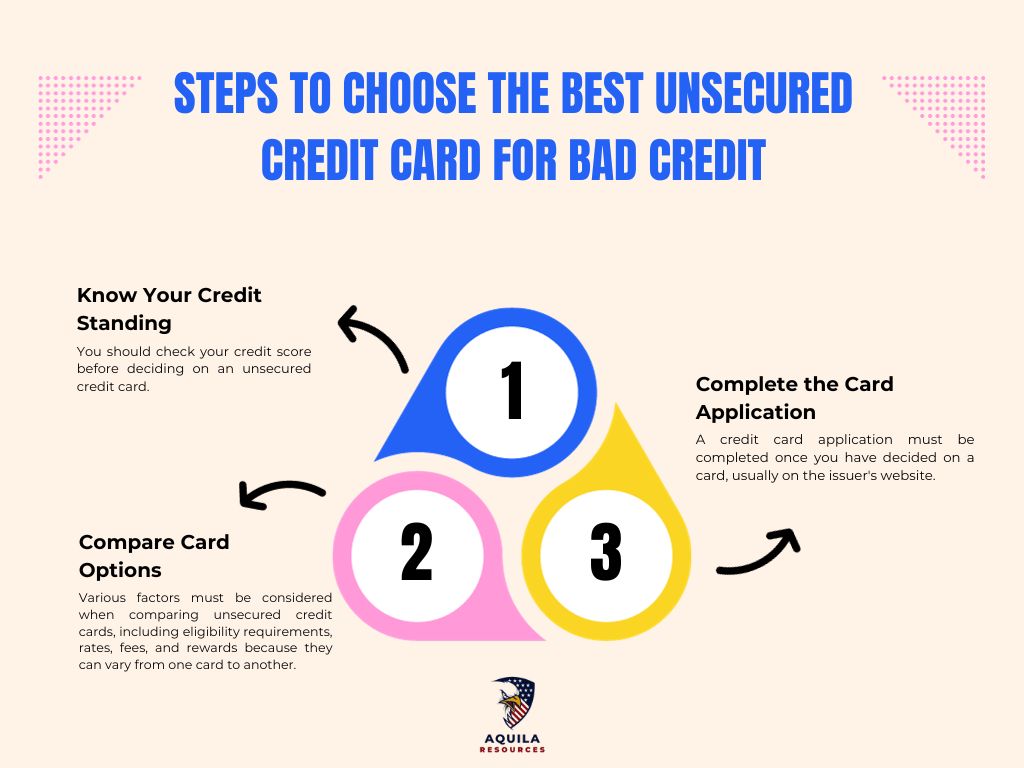
Here are the steps to choosing the best unsecured credit card for bad credit:
- Know Your Credit Standing: You should check your credit score before deciding on an unsecured credit card. Knowing your score range will make it easier to identify the cards with the best approval odds so that you don’t apply for a card you can’t qualify for. You can further ding your credit score by applying for new cards that result in a “hard pull” on your credit.
- Compare Card Options: Various factors must be considered when comparing unsecured credit cards, including eligibility requirements, rates, fees, and rewards because they can vary from one card to another.
- Complete the Card Application: A credit card application must be completed once you have decided on a card, usually on the issuer’s website. Before meeting with the tax preparer, prepare your name, address, income, and Social Security Number (SSN) or Individual Taxpayer Identification Number (ITIN).
How to Build Your Credit with an Unsecured Credit Card?
A positive credit history can be built by using a secured credit card responsibly and an unsecured card. The following are included:
- Paying Each Month on Time and in Full: Pay your credit card bill on time monthly to maintain a good credit score. You can also avoid interest charges by paying your statement full by the due date.
- Maintaining Your Card Account: The credit bureaus must be notified about your payment activity if you use your card. The best way to ensure your bill is always paid on time and in full is to charge your credit card a recurring charge (such as a Netflix or Spotify subscription).
- Avoid Overspending: The best thing to do is to avoid maxing out your credit card to maintain a good credit score. Credit card debt can also be prevented this way.
What is the Difference Between Unsecured and Secured Credit Cards?
The primary difference between secured and unsecured credit cards is that secured cards require a security deposit. Due to this, secured credit cards often have lower credit requirements since a security deposit can be used to offset losses if you don’t pay.
Both unsecured and secured credit cards offer the same benefits apart from the security deposit. Building credit through both cards is possible if you use them responsibly. Even though both types of cards offer rewards, unsecured credit cards generally offer more perks and rewards.
| Secured Credit Cards | Unsecured Credit Cards for Bad/Limited Credit | |
| Require a Security Deposit | Yes | No |
| Often Come with High Fees | No | Yes |
| Credit Limit Based on Your Deposit | Yes | No |
| Credit Limit Based on Your Credit History | No | Yes |
| Can Earn Rewards | Yes | Yes |
| Report Payment History to Credit Bureaus | Yes | Yes |
FAQs
Should You Get an Unsecured Credit Card for Bad Credit?
Unsecured cards appeal more to some since you won’t need to pay a security deposit like secured cards. Some unsecured cards may charge fees, and not all are created equally – making it a more costly alternative than a secured one.
If you wish to apply for an unsecured credit card, understand the five factors contributing to your credit score: payment history, amounts owed, length of credit history, credit mix, and new credit applications. These factors can be viewed as guidelines for using credit responsibly.
Are Secured or Unsecured Credit Cards Best for Rebuilding Credit?
Credit cards can be useful in rebuilding your credit, so long as you use them responsibly. If you make your payments on time and carry little debt, this is what you should strive for. One key difference between secured and unsecured credit cards is that secured credit cards are less likely to charge an annual fee and require a refundable security deposit.
How can I Get Approved for a Credit Card with Bad Credit?
If you have bad credit, you should only apply for credit cards designed exclusively for people with bad credit. It is still possible to be approved for these cards even though a security deposit may be required, or you may have to pay a significant annual fee.
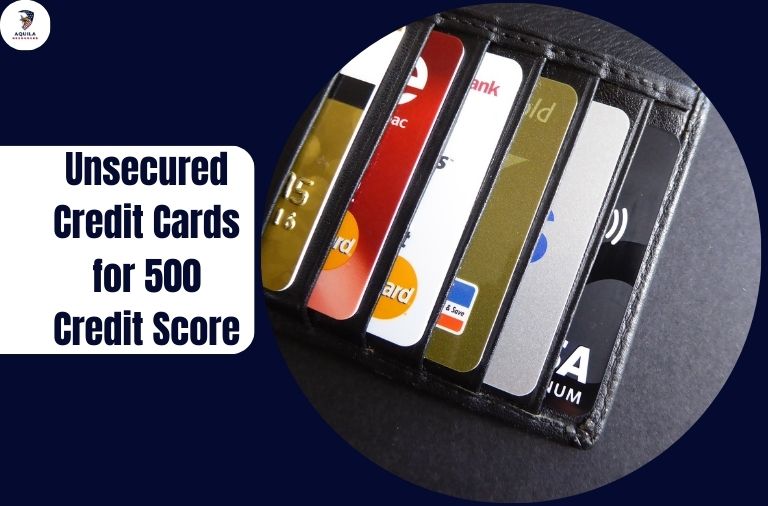














Add Comment